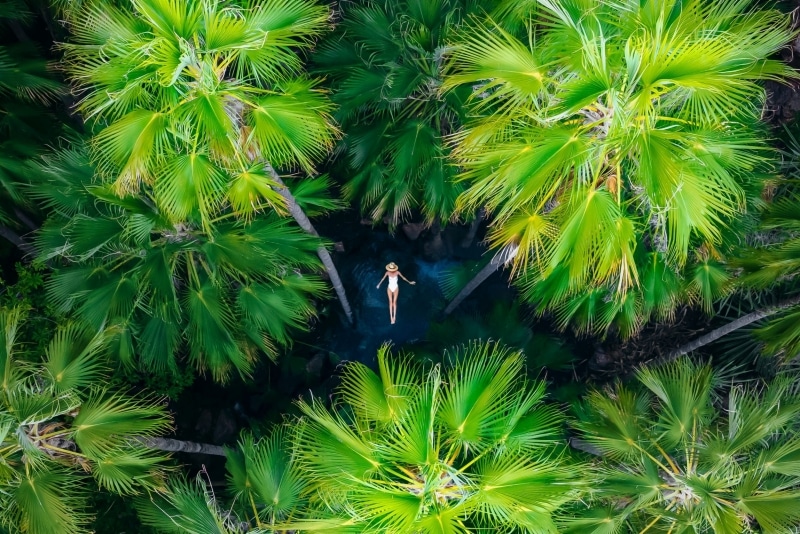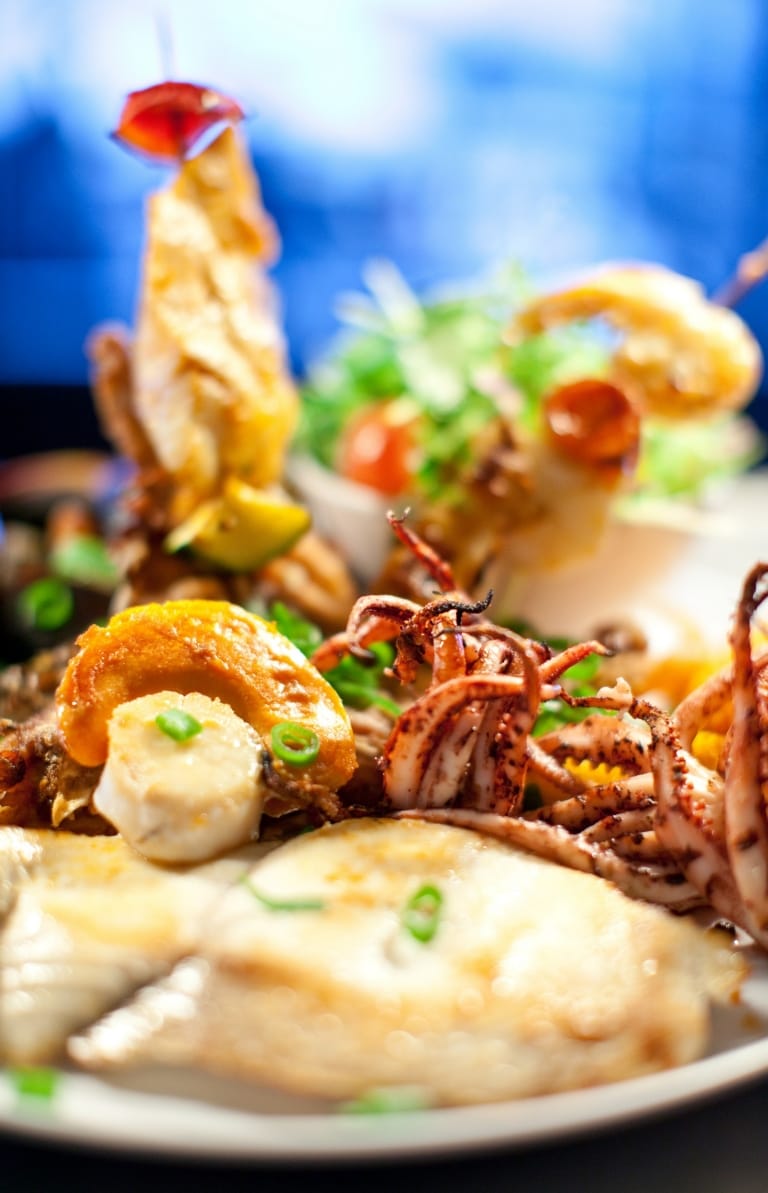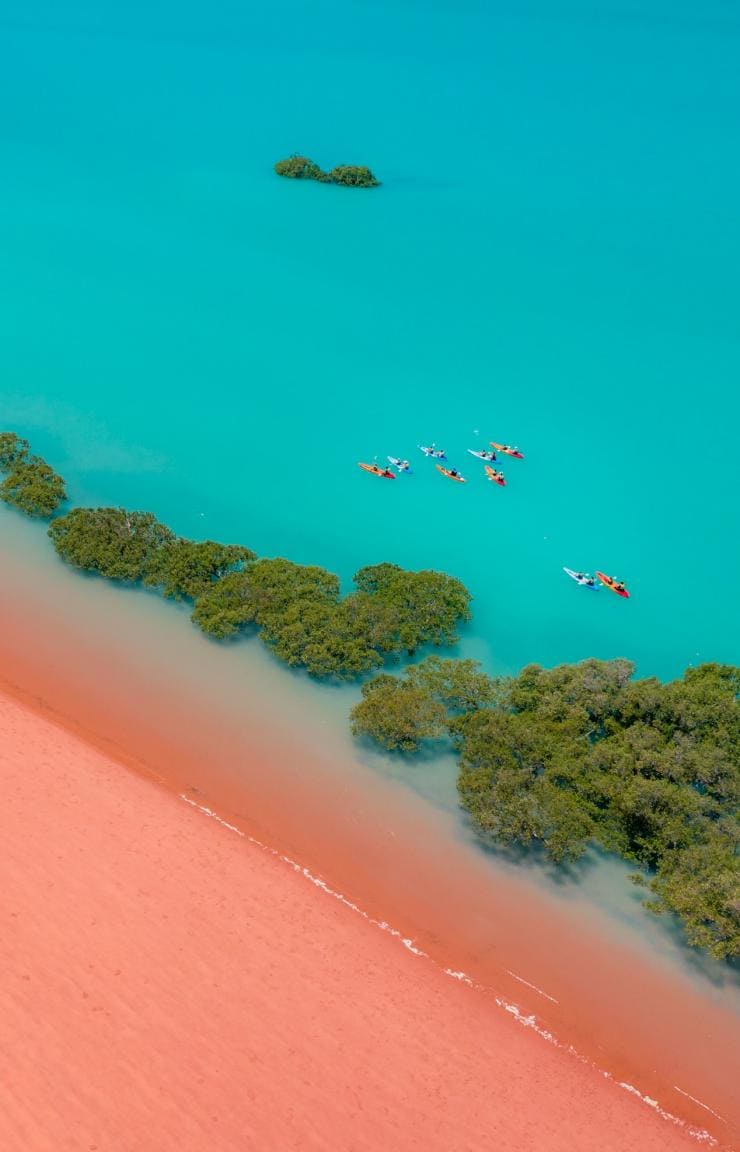Cable Beach, Broome, Western Australia
Guide to Broome
Aboriginal name: Rubibi (pronounced Roo-bee-bee)
A multicultural melting pot, Broome is a tropical delight and the gateway to the Kimberley, one of the world’s great wildernesses.
Beginning life as a pearling town in the 1880s, Broome was a wild frontier, attracting workers from Indonesia, Malaysia, China, Japan and Europe. Along with strong First Nations cultures, these influences are all here today, giving Broome a vibe unlike anywhere else. Red dirt sits beside aqua ocean, pearl boutiques rub shoulders with laid-back breweries, and activities range from world-class diving to unhurried camel rides.
Nagji gurrjin! Welcome from the Yawuru people, the Traditional Owners of Broome/Rubibi who occupied the region for over 30,000 years before Europeans settled and are known for their saltwater customs. Experience Aboriginal culture in Rubibi with local First Nations guide Bart Pigram, on a Narlijia (translated to ‘true for you’) tour.
- Traditional name: Rubibi (pronounced Roo-bee-bee)
- Indigenous Peoples: Yawuru peopls
- Traditional languages: Yawuru
- How to say g’day in Yawuru: Ngaji gurrjin!
Most Australian capital cities fly directly into Broome Airport, or connect through Perth Airport.
- Broome Airport (BME) is conveniently located less than a kilometre (about half a mile) from the city
- Because of the close proximity to the city centre, there are taxi and car hire services if you do not wish to walk to or from the city
- Most hotels in Broome offer an airport transfer
There are car hire operators, taxi services and bus services operating seven days a week throughout Broome’s city and the surrounding attractions.
Broome’s tropical weather is defined by a wet and dry season. While Broome is an incredible destination all year round, the dry season (May - October) is largely regarded as the best time to visit, when days will be warm and skies will be clear. The wet season (November - April) is known for its rainy nights and hot days, but visitors will also enjoy fewer crowds.
- High season: Dry season (May - October)
- Low season: Wet season (November - April)
- Don’t miss: getting a view of the ‘staircase to the moon’, when the light of the moon reflects off exposed tidal flats at Roebuck Bay (on the full moon from March to October)




































































































































